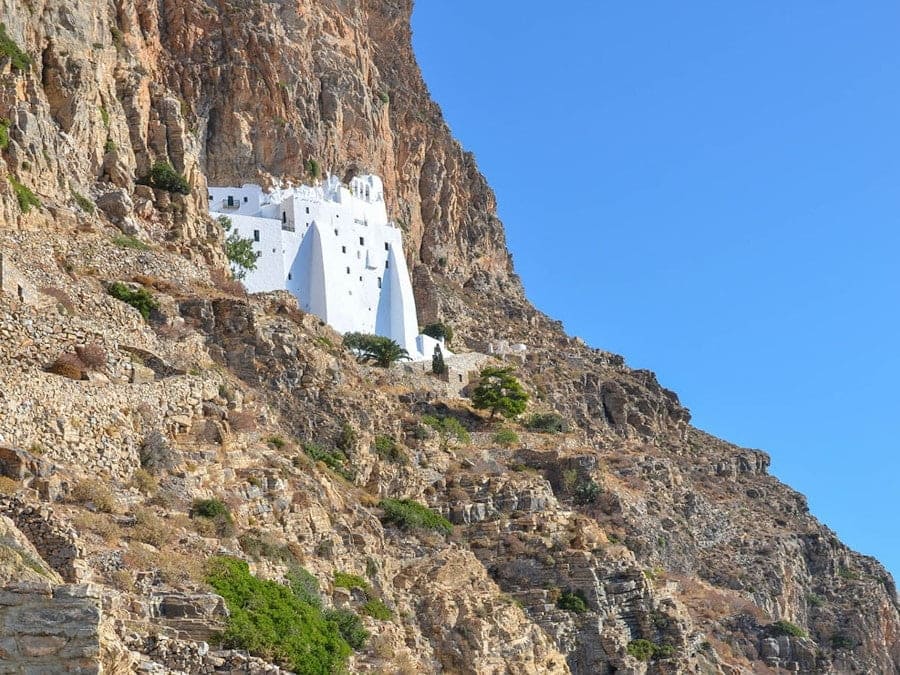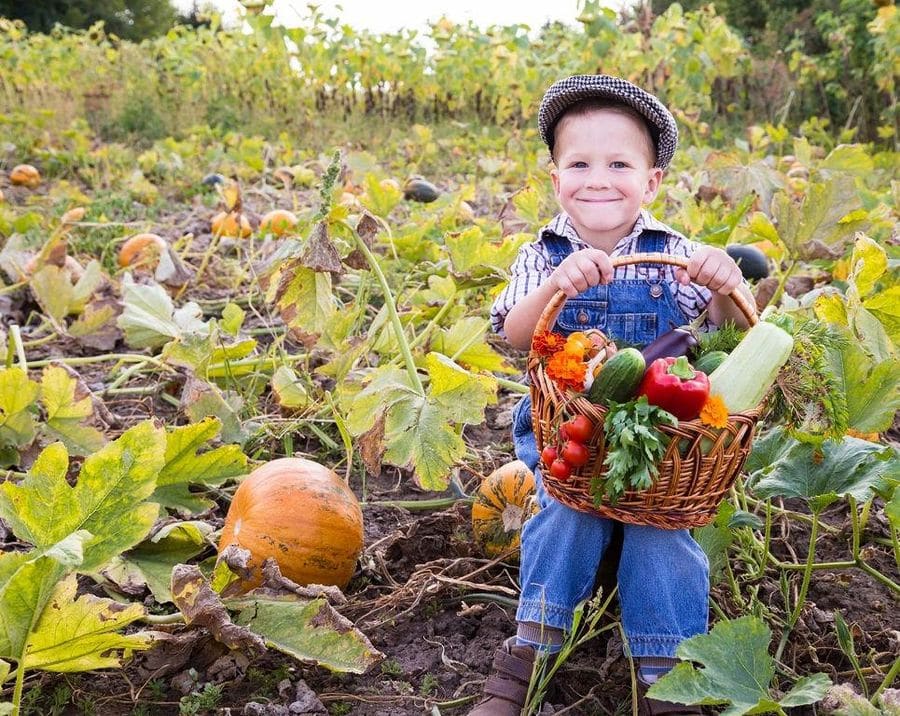It is an island rich in cultural heritage and particularly wild beauty that impresses visitors from the very first moment of their arrival.
Undoubtedly this is the island of contrasts. On one side, are mountains and on the other, steep slopes ending up on fairytale beaches with crystal clear waters. The sudden changes in the landscape enchant visitors, causing them an explosion of pleasant and intense emotions.
Amorgos has only 1800 residents, in contrast with the neighbouring Cyclades, due to its mountainous terrain.
Today the island remains untouched by mass tourism with traditional villages, many footpaths, picturesque cafes with smiling people and dozens of village fairs and celebration days.
Gastronomy
Cheese, paximadi, pastries, meat, fish, wine, and psimeni raki are the main products of Amorgos that are worth trying during your stay on the island, or even getting before leaving.
The island’s cheeses: mizithra, anthotiro, and kopanisti.
Olives, thyme honey, and anthomelo (blossom honey), as well as a plethora of aromatic herbs, are used to flavour the sheep and goat meat and the traditional cuisine of the island.
Rakomelo is common in cafes, even early in the morning, while it is also offered to visitors at monasteries along with loukoumi.
Meat dishes are notably from sheep or goats, which are used to make the famous patatato.
Some typical dishes:
Xidato: it is a soup that is prepared based on the chopped entrails of the goat (= the tripe). It is so named because it contains, among other ingredients (salt and pepper, garlic cloves) vinegar (=xidi). All the ingredients together give a special taste to this Amorgian dish. The dish is served at the annual festivals (overnight).
Kofto: Primarily New Year’s Amorgian dish with Amorgian mizithra and flour wheat and the day of the festival of Ag. Paraskevi along with the traditional patatato.
Fava also called magirama. The pulses could not be absent from the Amorgian table and in particular the well-known fava, with a high nutritional value. It is prepared from katsouni peas (a variety of peas). A hand mill is used for grinding. The ingredients for its preparation are olive oil, salt, water, and fava beans. Fava meatballs also come from fava beans, another traditional dish that also combines some Amorgian herbs.
The Easter roast: goat or lamb stuffed with rice, roasted entrails, and herbs (dill and rosemary).
The local Amorgos kavourma: is made from pork, the fat of which is preserved in a cool place and used to make omelets.
Tiropitakia (small cheese pies) of Amorgos are cooked in a frying pan, and also hortopitakia (small pies made with chard, spring onions, fennel, and mint).
Xerotigana: a type of sweet pastry without egg, which is served with cinnamon and roast sesame seeds at Christmas, Easter, and at weddings and baptisms.
The Amorgos pasteli (sesame bar) differs from others in that it is softer and has a pinch of cumin.
Huge round loaves of bread (three to five kilos) are made from wheat and barley. So too is “pavli”, a bread that is made to honour Saint Paul, which is then turned into paximadi.
Naturally, there is no shortage of fish in Amorgos cuisine as the small local trawlers fish around the island, bringing back all kinds of fresh little fish.




